Mostly animal lovers are very enthusiast about black squirrels keeping as a pet because this…
Do black squirrels with brown tails exist?
Have you ever spotted a black squirrel with a brown tail and wondered if it was a different species altogether?
Well, you're not alone. The unusual coloration of these squirrels has sparked curiosity and debate among nature enthusiasts and researchers alike.
advertisement
Some believe these squirrels are a unique sub-species, while others argue that they are simply a genetic variation of the more common gray squirrel.
So, what's the truth about these black squirrels with brown tails?
In this article, we'll delve into the fascinating world of squirrel genetics and behavior to unravel the mystery behind these elusive creatures. From their origins to their distinctive physical features, we'll uncover the facts and myths surrounding these black squirrels and shed light on their role in our ecosystem.
So, grab a cup of coffee and get ready to learn about the captivating world of Why Do Black Squirrels Have Brown Tails?
Genetics of black squirrels with brown tails
The genetics Melanocortin 1 Receptor Gene (MC1R) behind black squirrels with brown tails is complex and not fully understood.
advertisement
However, it is believed that the black coloration of these squirrels is caused by a genetic mutation known as melanism. Melanism is a genetic trait that causes an animal to produce more melanin, the pigment responsible for skin, hair, and eye color.
When melanin is overproduced, it can cause an animal to have a darker coat than usual, which is what gives black squirrels their distinctive coloration.
Myths about black squirrels with brown tails
There are many myths and misconceptions surrounding black squirrels with brown tails. One common myth is that these squirrels are a different species altogether and are more aggressive than other squirrels.
In reality, black squirrels with brown tails are simply a color variation of the eastern gray squirrel and have the same behavior and temperament as other gray squirrels.
Another myth is that black squirrels with brown tails are bad luck. This belief is not based on any scientific evidence and is simply superstition.
advertisement
Photographing black squirrels
If you're interested in observing or photographing black squirrels with brown tails, there are a few things you can do to increase your chances of success.
First, look for areas with dense forests or parks with lots of trees.
Second, be patient and observant, as squirrels can be elusive and difficult to spot.
Finally, try to approach squirrels slowly and quietly, and avoid making sudden movements or loud noises that may startle them.
FAQS
Are black squirrels with brown tails a different species?
Black squirrels with brown tails are not a separate species but a color variation of the gray squirrel. The American black squirrel is one of several color variations of the eastern gray squirrel, which is found throughout much of the United States and Canada.
Black squirrels with brown tails are more commonly found in the eastern United States, particularly in areas with dense forests.
advertisement
Why are some squirrels having thin tails?
Squirrels with thin tails are not a distinct species or a specific category of squirrels. Rather, the thinness of a squirrel's tail can vary within and among different species of squirrels.
Some squirrel species naturally have thinner tails compared to others.
Here are a few examples:
Flying Squirrels: Many species of flying squirrels, such as the Northern flying squirrel (Glaucomys sabrinus) and the Southern flying squirrel (Glaucomys volans), have relatively thin tails. This adaptation helps them with balance and maneuverability during their gliding flights between trees.
Tree Squirrels: Various tree squirrel species, including the Eastern gray squirrel (Sciurus carolinensis) and the Fox squirrel (Sciurus niger), typically have moderately thin tails. These tails aid in their climbing abilities and agility in tree habitats.
Ground Squirrels: Ground squirrels, such as the California ground squirrel (Otospermophilus beecheyi), often have thinner tails compared to their arboreal counterparts. This adaptation is suited to their terrestrial lifestyle, as they spend more time on the ground than in trees.
Chipmunks: Chipmunks, such as the Eastern chipmunk (Tamias striatus) and the Least chipmunk (Tamias minimus), are characterized by their slender bodies and relatively thin tails. Their tails contribute to their balance while climbing trees and maneuvering through narrow burrow entrances.
Tail thickness can vary among squirrel species and even within populations. Different factors, such as genetics, environmental conditions, and evolutionary adaptations, can influence the thickness of a squirrel's tail.
advertisement
Why do some squirrels with hairless tails?
Squirrels with hairless tails are not commonly observed in their natural populations. The tails of squirrels are typically covered in fur, which serves various purposes such as communication, balance, and protection.
However, in some rare cases, squirrels may exhibit hair loss or partial hairlessness on their tails due to certain factors.
Here are a few possible reasons for squirrels having non-bushy tails:
- Injury or Trauma
- Parasites or Infections
- Nutritional Deficiencies or Hormonal Imbalances
- Genetic Abnormalities
advertisement
What causes squirrels to have blond tails?
The presence of squirrels with blond tails can be attributed to a variety of factors.
Here are some possible causes of squirrels having blond tails:
Genetic Variation: Blond or light-colored tails in squirrels can result from genetic mutations or variations in their DNA. These genetic differences can affect the production or distribution of pigments responsible for fur color, resulting in a blond or lighter-colored tail.
Melanin Levels: Melanin is the pigment responsible for determining the color of hair, fur, and skin. Squirrels with blond tails may have lower levels of melanin production or distribution in the tail region, resulting in a lighter coloration.
Age-related Changes: Squirrels may experience changes in fur color as they age. Younger squirrels may have darker tails that gradually lighten or turn blond as they mature.
advertisement
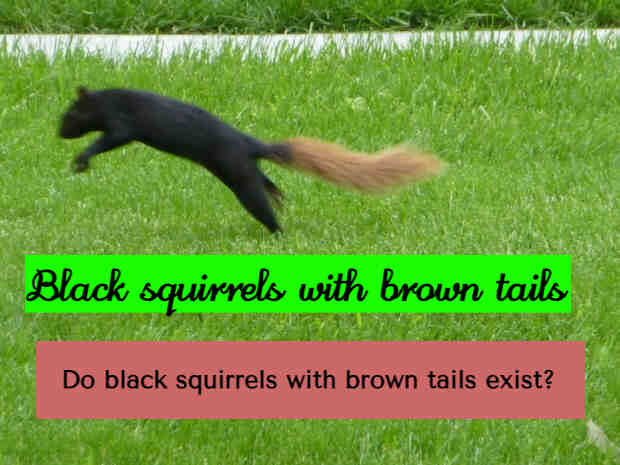



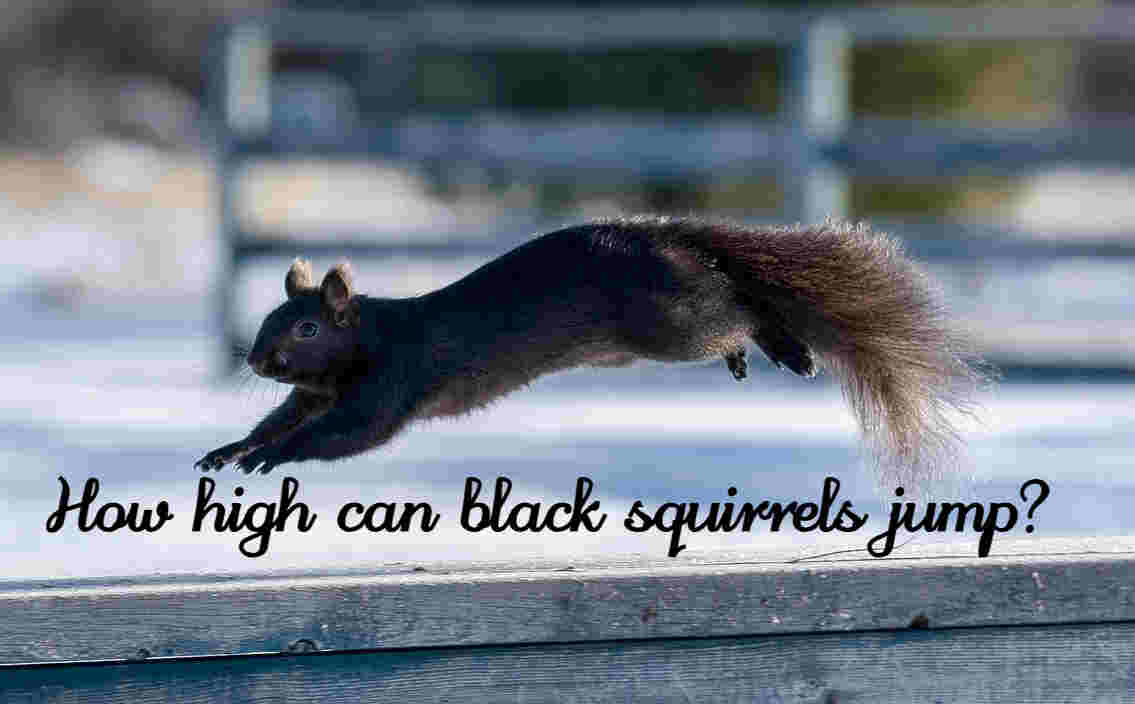


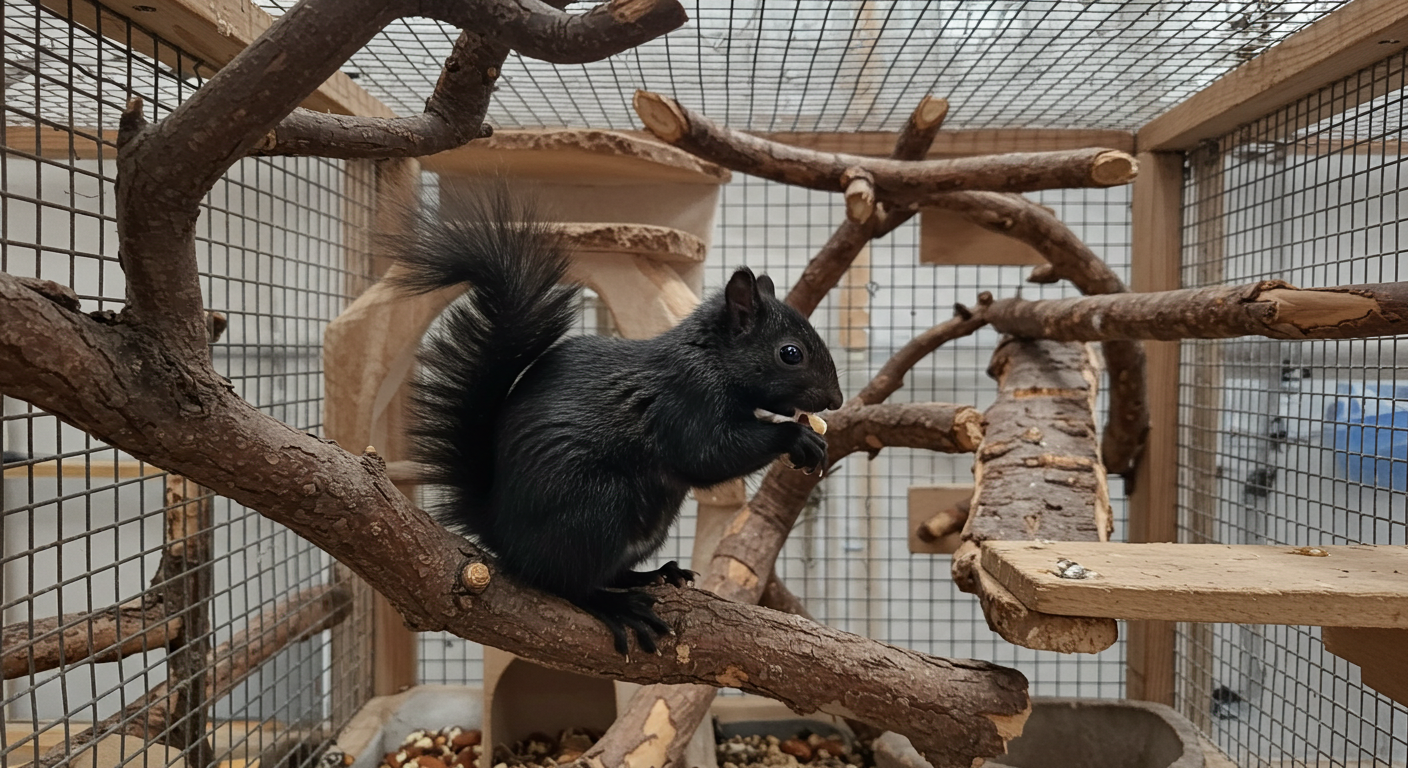




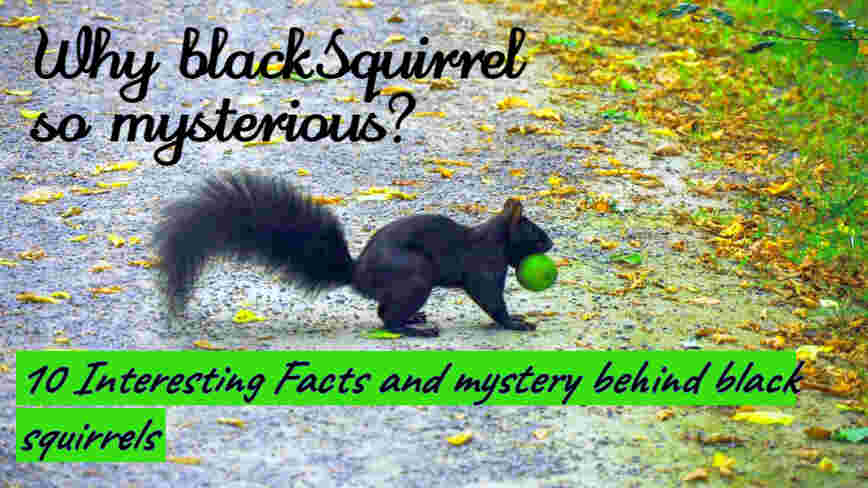
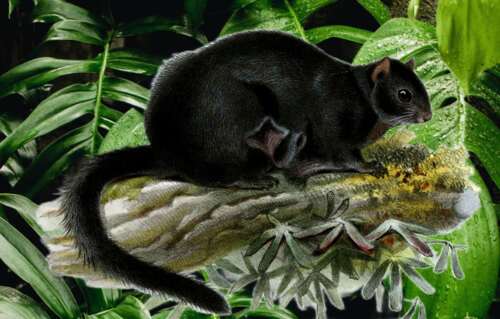
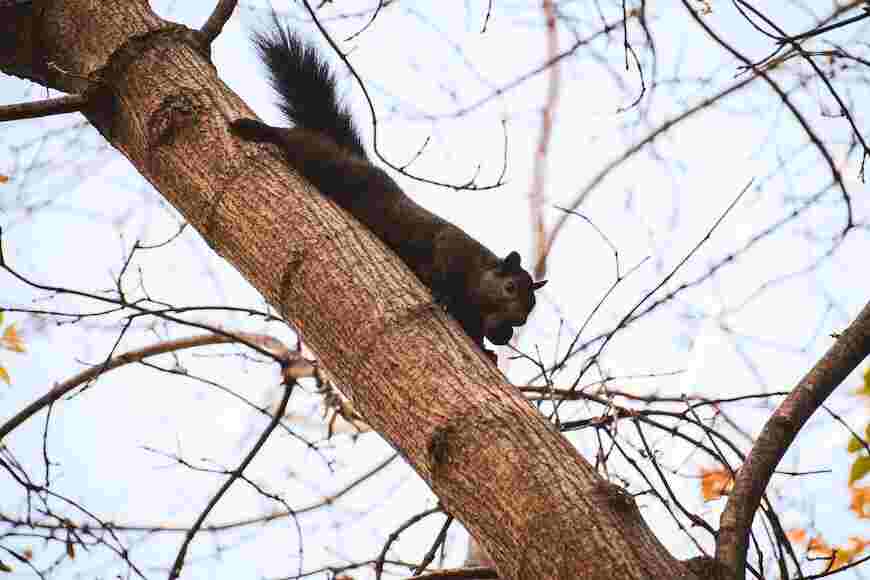
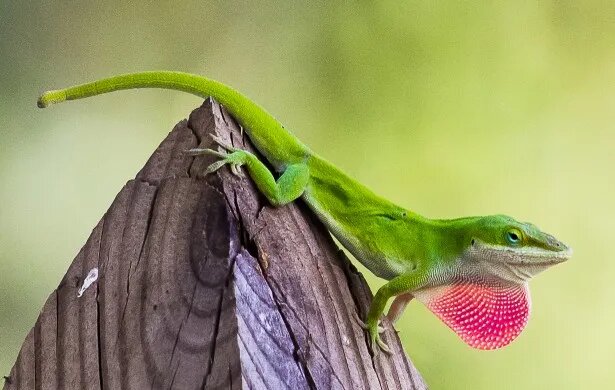
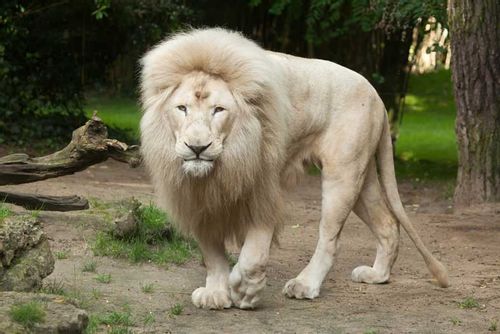


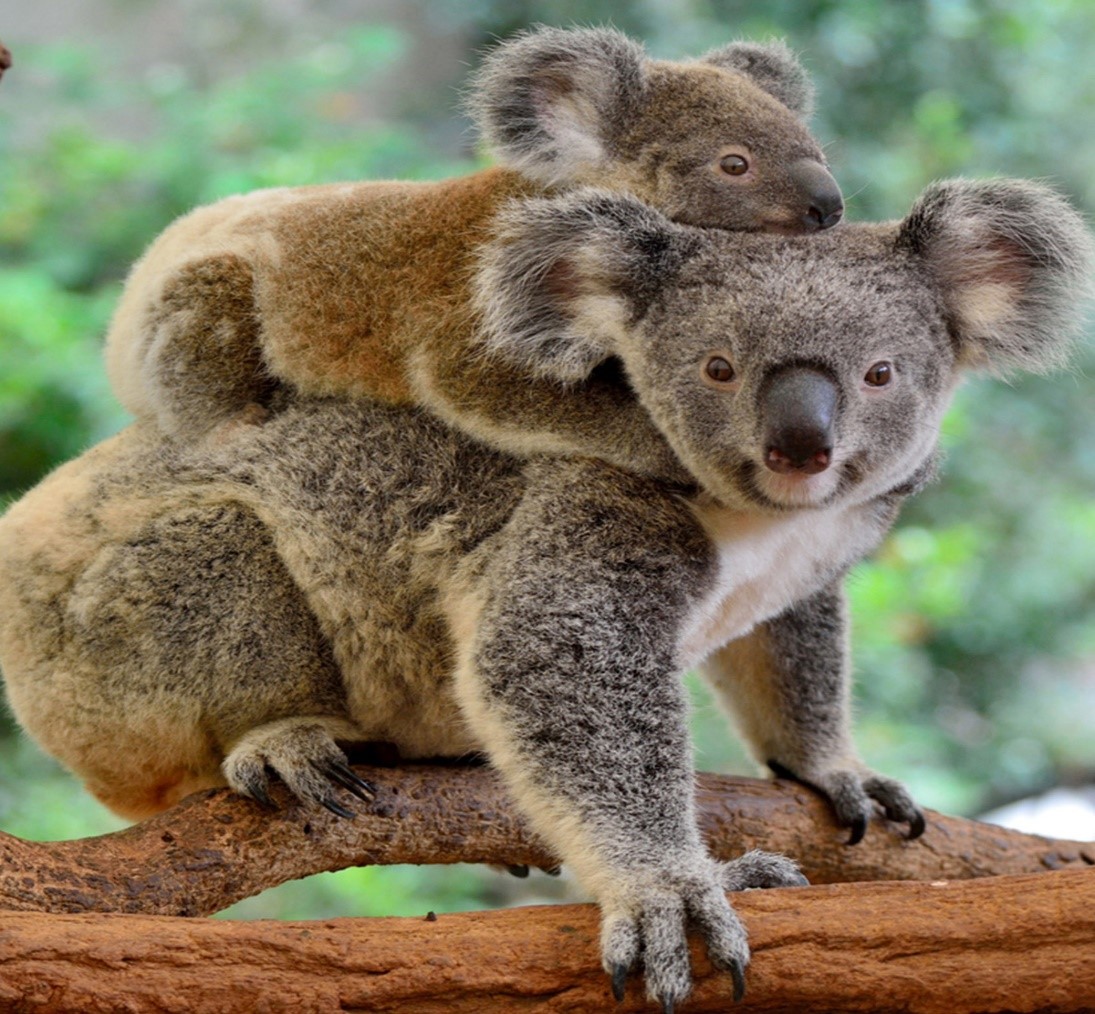


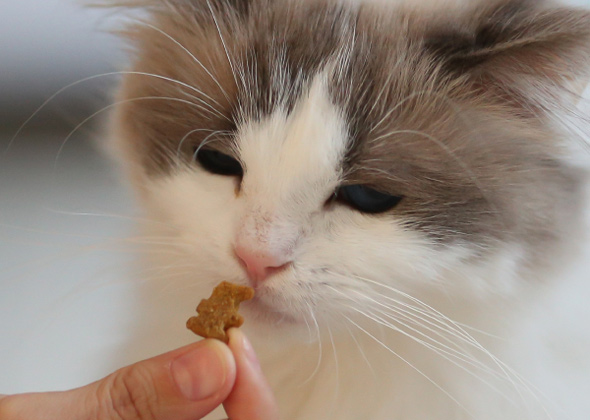

Amir Farooq – Wildlife Biologist
Amir Farooq – Wildlife Biologist
Amir Farooq is a dedicated Wildlife Biologist with expertise in ecology, animal behavior, and conservation. He collaborates with institutions to protect endangered species, conducts field research across diverse ecosystems, and addresses environmental threats. Passionate about sustainability, he strives to bridge science and conservation for future wildlife protection.